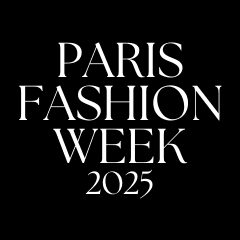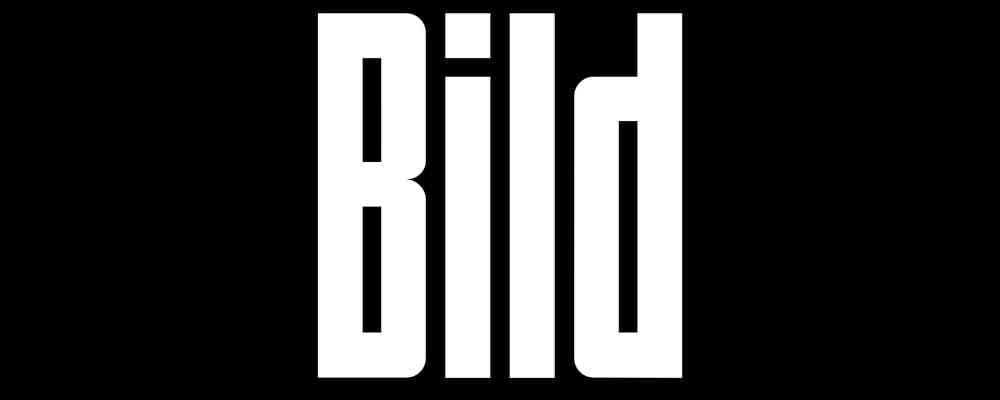Hurricane Season
Indeed, the long distance of 110 nautical miles is an extraordinary challenge in many ways. "Just in August, the hurricane season starts in the region," Roger says of the weather situation in Florida. And while the weather is, of course, predictable, even when the outlook is good, there is always the risk that the weather will change and a storm or even a hurricane will develop.

Top speeds and sharks
By far the biggest challenge, however, is to cover the long distance at top speeds - because the goal is to make the 110 nautical miles in under 2 hours.
How fast the boat will actually travel depends on the weather and sea state. Those who know Roger, however, know that he will give everything to get his speedboat to Cuba at the highest possible speed: "The challenge for me will be,
to keep the boat on course and in the water".
The Apache Star has 2,700 horsepower, allowing it to reach a top speed of up to 100 knots (185 km/h). Steering the boat over this distance at top speed over the waves will thus become the greatest challenge.
Due to the high speeds as well as possible high waves, there is also the risk of limited visibility. Poorly visible objects in the water, such as containers lost from ships, are also a problem to overcome.
Also to consider: Florida has a higher than average number of sharks. In case of any problems, it is therefore important that help is quickly on site to assist the crew in a predicament and to get them out of the water immediately.

Intensive preparations for August 1
However, in order to rule out any risk, Roger has already been training intensively with his crew for weeks. Training takes place during the hottest part of the day in order to withstand the physical exertion and climatic challenges. With outside temperatures of up to 40 degrees, the wind-protected boat is exposed to the sun. Wearing fireproof underwear and overalls, reinforced neck braces, the crew is exposed to extreme temperatures.
As a precaution and on the advice of the U.S. Coast Guard, Roger Klüh had the navigation system of the
navigation system into the Apache Star. This is networked with an accompanying helicopter, which has a life raft on board just in case. The helicopter is allowed to approach the territory of Cuba up to 10 miles, then it must turn away. The launch of the Apache Star will also be accompanied by several U.S. Coast Guard ships, which will be on the
course to follow the record-breaking flight. A U.S. Coast Guard helicopter is also in action.

So let's be excited when on August 1, at full speed, it's time to go to Cuba!
Source: Boot-Online


























Leave a comment
This site is protected by hCaptcha and the hCaptcha Privacy Policy and Terms of Service apply.